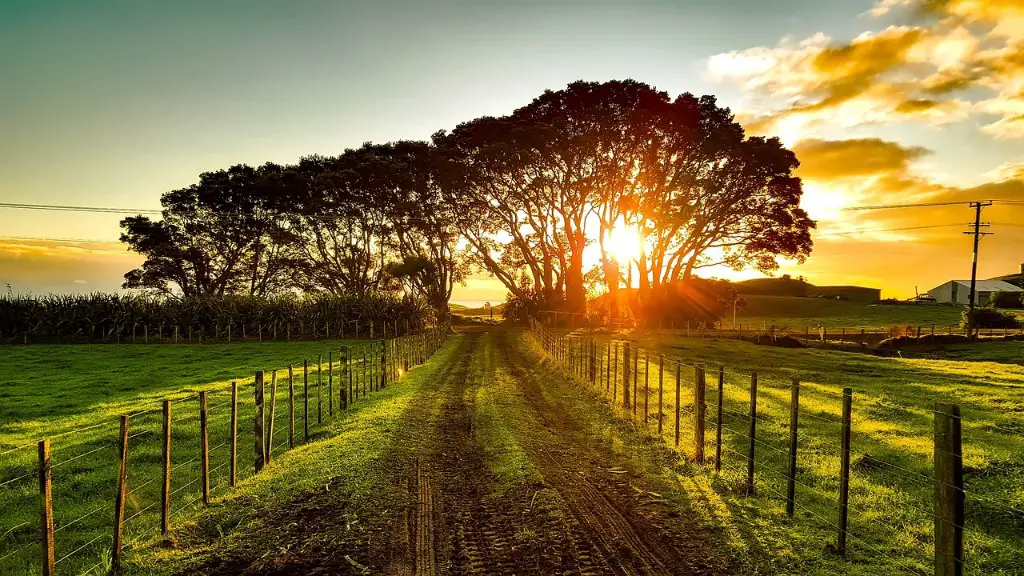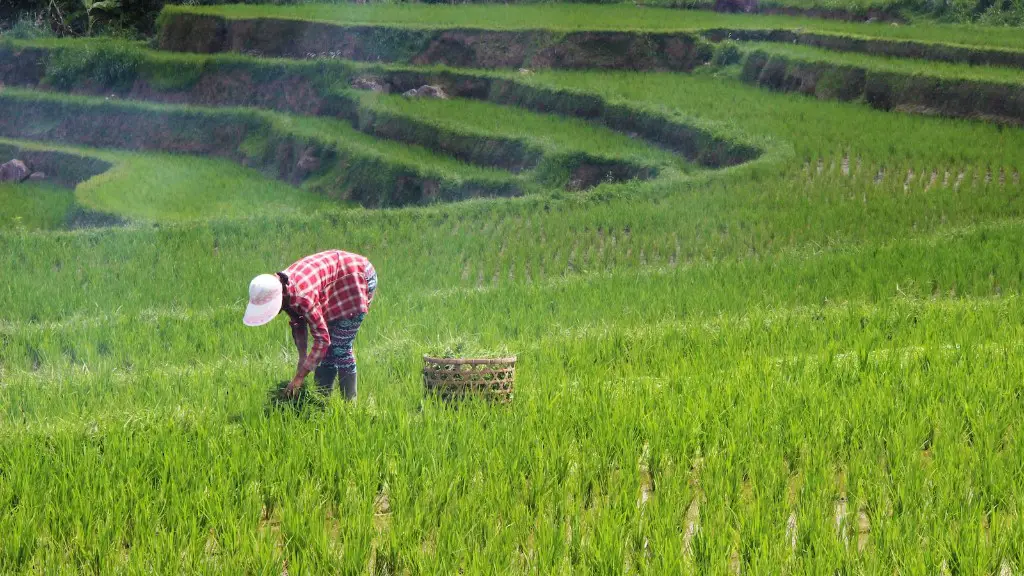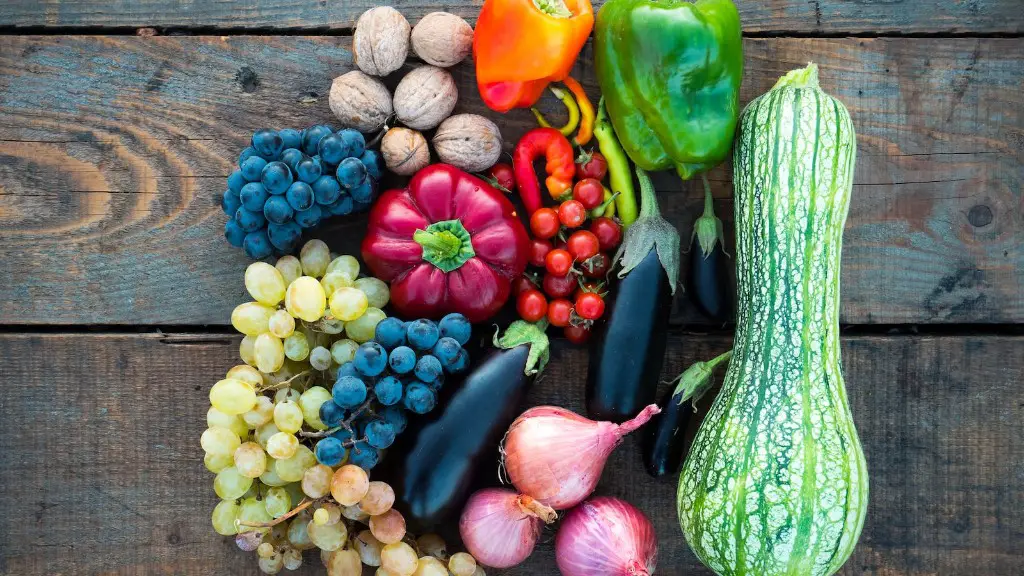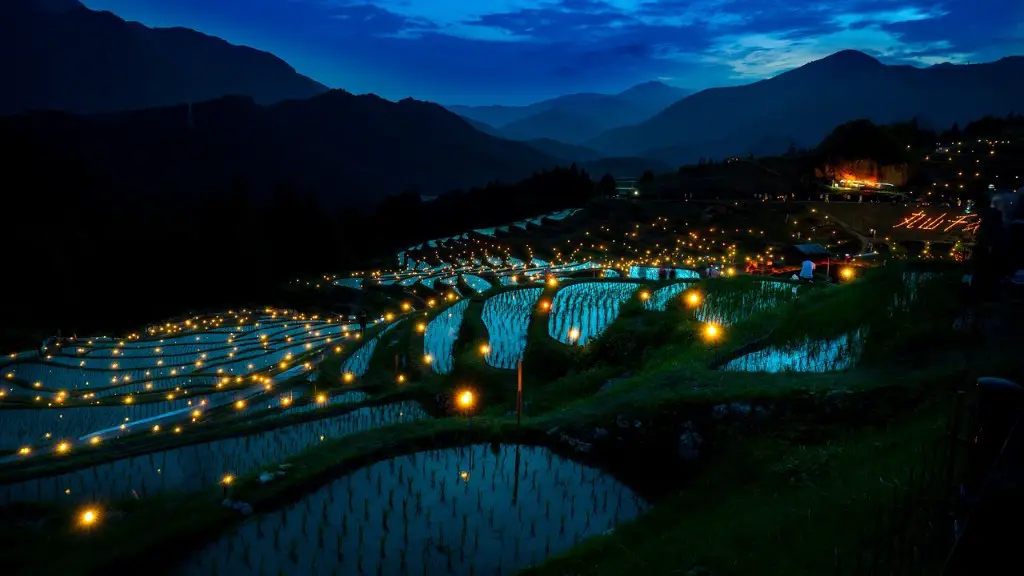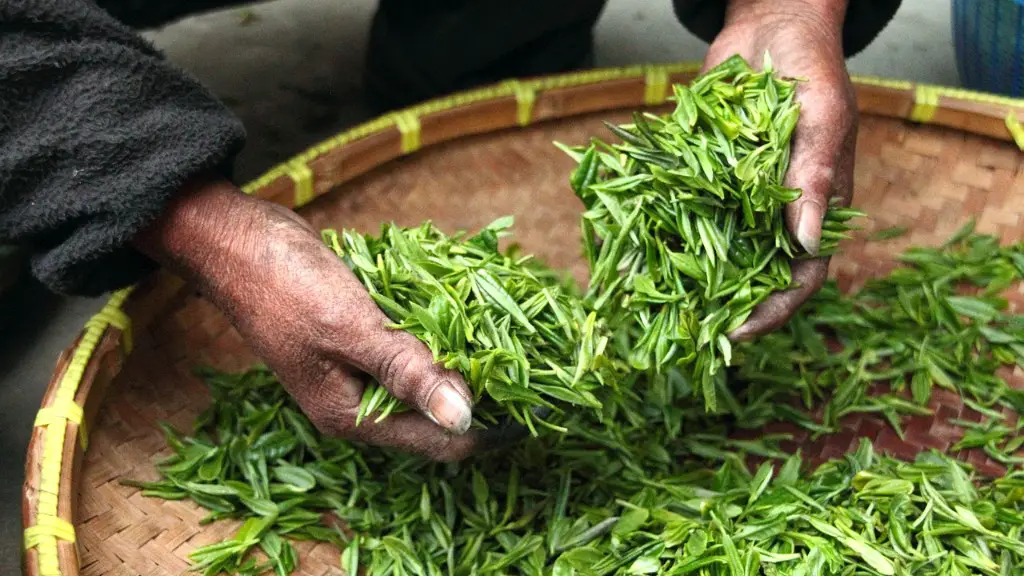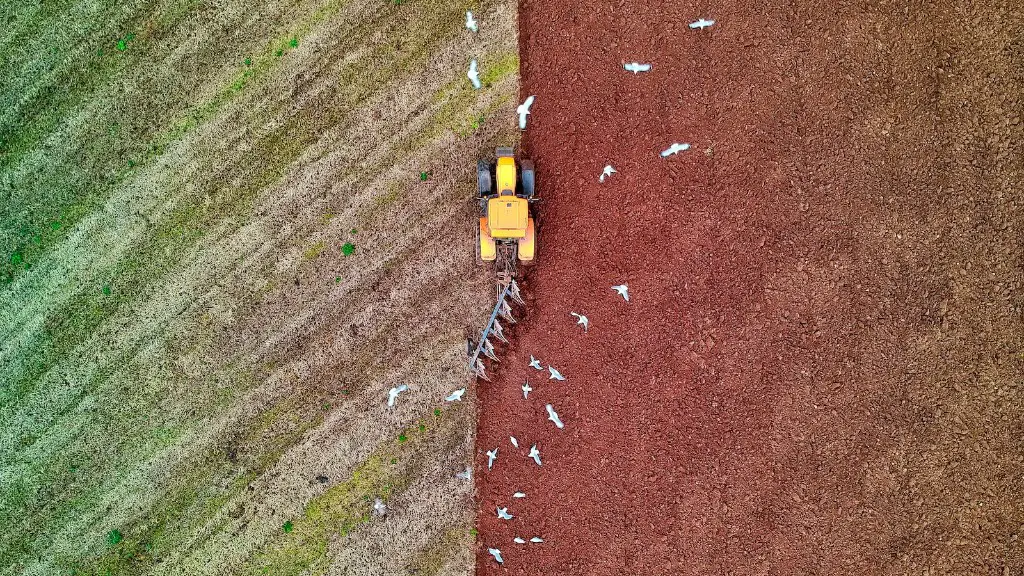Modern agriculture system is a new way of farming that is focused on producing high-yield crops and livestock in a sustainable manner. It relies heavily on technological advances in machinery and materials, science-driven techniques and advanced techniques in crop breeding and livestock management to maximize production and reduce environmental impact.The aim is to use the resources of the farm more efficiently, resulting in greater yields than traditional farming methods.
Modern agriculture is based on principles of conservation and resource management, using modern inputs such as information technology, genetically modified organisms and improved resources to boost production, while protecting both crop and livestock health. For example, information technology can be used to track weather systems, forecast crop development and optimize crop rotation schemes. Genetically modified organisms can be used to create pest-resistant plants and animals, and seeds can be tested for responses to various growing conditions.
The goal of modern agriculture is to produce more food with fewer resources. An important part of modern agriculture is the responsible use of fertilizers, pesticides and other inputs to minimize their negative impact on the environment and support sustainable production. Farmers are managing their operations using a range of technologies, such as GPS, remote sensing and digital mapping, to optimize field management and increase yields while conserving resources.
Modern agriculture also looks to optimize production through more specialized varieties of crops and livestock. Plant breeding and selection technologies help farmers select the most appropriate varieties of crops and breeding methods help improve animals’ health, productivity and longevity. New genetic engineering technologies help create crops and animals with greater resilience and adapted to changing environments.
Modern agriculture seeks to create economic foundation for the industry. It focuses on diversifying production to create value-added products for a global market, as well as developing effective marketing strategies to increase farmers’ income. At the same time, the sustainability of production is maintained through risk management and compliance with environmental regulations.
Technology in Modern Agriculture
Modern agriculture relies heavily on advances in technology to boost production, reduce environmental impacts and increase efficiency. Technologies such as information technology, sophisticated machinery and specialized inputs, as well as crop science, genetic engineering and precision agriculture, are employed in modern agriculture production systems.
Information technology can be used to track inputs and outputs of a farm, predict weather systems and forecast crop development. GPS-enabled machinery can help farmers manage their fields more efficiently, while remote sensing and digital mapping provide a comprehensive picture of soil properties and crop health. High-tech inputs such as genetically modified organisms and disease-resistant seeds can help farmers grow healthier crops and livestock.
As technology advances, farmers are also able to optimize processes and reduce cost by using data to accurately monitor and manage their resources. IoT, AI, machine learning and blockchain technologies are being used to automate processes and reduce errors in production. Big data allows farmers to accurately analyze input costs, production yields and crop health.
In addition, the use of drones and robots is gaining popularity in modern agriculture, as they help farmers monitor and analyze crops more accurately and quickly, as well as reduce the risk of damaging valuable crops due to human error. Farmers can also harvest and analyze large datasets quickly and accurately for more effective decision making.
Precision Agriculture
Precision agriculture is a type of modern agricultural system wherein scientific and technological advancements are used to optimize the production and efficiency of the agricultural landscape across all stages of the agricultural cycle. It is based on the systematic gathering of data to identify and quantify field variability, and the targeted application of inputs to areas in greatest need, resulting in increased output.
At the heart of precision agriculture is the use of satellites, drones, robots, digital mapping and remote sensing devices to collect data, identify crop variability and optimize the use of farm resources. These technologies also help reduce input costs and nonpoint source pollution. Farmers can also use big data and sophisticated analytics to accurately analyze and monitor their fields.
Precision agriculture helps drastically reduce waste, as resources are delivered only to where they have the greatest impact. It also helps farmers reduce their environmental footprint and maximize their yields, by precisely targeting the areas in need. The global precision agriculture market is expected to reach $11.1 billion by 2025.
Organic Agriculture
Organic agriculture is an agricultural system that utilizes techniques such as crop rotation, green manuring and biological pest control to maintain soil fertility, protect the environment and promote ecological balance. The focus of organic agriculture is to create a soil ecosystem that supports itself, reducing or eliminating the need for artificial fertilizers and pesticides.
Organic farming utilizes natural fertilizers and pest control methods, such as the use of predatory insects, to protect plants. Organic farmers also focus on biodiversity and water conservation, utilizing techniques such as crop rotation and cover cropping, which help reduce soil erosion and increase organic matter in the soil.
Organic farming is being increasingly recognized as a viable alternative to conventional farming. It has the potential to improve soil fertility, increase crop yields and reduce the use of chemicals. Organic farmers are becoming more visible in the marketplace and consumers are looking for products that are labeled “organic”.
Sustainable Agriculture
Sustainable agriculture is an approach that seeks to optimize agricultural production while protecting the environment and preserving natural resources. Sustainable agriculture focuses on minimizing soil loss and water runoff, minimizing inputs such as irrigation and chemical pesticides and fertilizers, and maximizing outputs such as crop yields and pasture productivity.
The principles of sustainable agriculture involve using renewable resources, maintaining biodiversity and minimizing waste. This type of agriculture is often integrated with other natural resource management activities, such as soil conservation and water management. Sustainable agriculture is aimed at creating a profitable and safe farming system for the long term.
Sustainable farming systems often include the use of hi-tech tools, such as remote sensing and digital mapping, to optimize the use of natural resources and promote the equitable distribution of resources. Sustainable agriculture also involves the use of locally adapted crop varieties that are resilient to diseases, pests and extreme weather conditions.
In addition, sustainable agricultural systems promote healthy communities by providing food security and sustainable livelihoods for thousands of people. Sustainable farming systems also help mitigate climate change impact and reduce pressure on global resources.
Indoor Farming
Indoor farming is a form of modern agriculture wherein crops are grown in a controlled environment, usually indoors, with minimal use of resources such as water, light and fertilizer. This type of farming is often referred to as “vertical farming” because plants are grown in vertically stacked layers, using lights, hydroponic systems and other technologies.
Indoor farming has numerous advantages. It significantly reduces water usage, eliminates the need for pesticides, and can produce crops in a fraction of the time needed for conventional farming. In addition, indoor farming systems can be placed in any environment, from warehouses to greenhouses, which makes them ideal for urban areas.
Indoor farming also helps reduce food waste, as local supply chains are shortened, resulting in fresher and more nutritious food that lasts longer. Indoor farms can also produce a larger variety of crops in a smaller space, and use up to 95% less water than conventional agriculture.
Indoor farming is becoming increasingly popular as the urban population grows, and could soon become the norm in many areas. It provides a sustainable way to produce food without compromising quality, and is seen as a potential solution to the global food security crisis.
